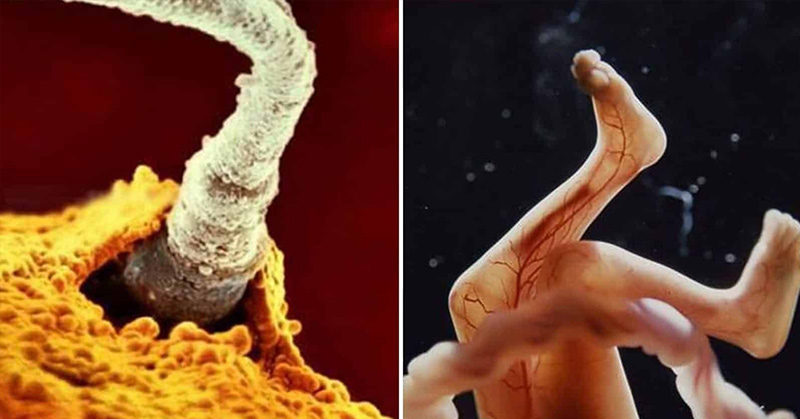In 1965, Life Magazine published a photo essay called the “Drama of Life Before Birth”. The composition depicted the unseen-before flow of baby development in utero by the late photographer Lennart Nilsson. The issue sold out within several days. Before then, the creation of a child in the womb remained a phenomenon hidden from the public. The series sparked a new interest and curiosity about the origins of life.
Behind-the-scenes explanations accompanied the pictures
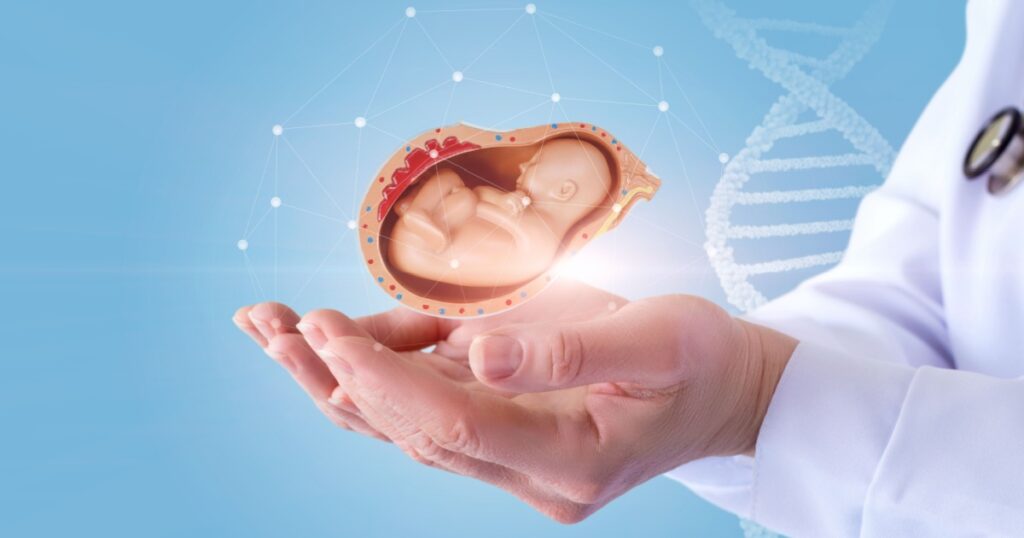
The sad new is that all except one of the fetuses featured were photographed outside of the womb. They had been aborted “for a variety of medical reasons”. Nilsson had arranged with five Stockholm hospitals that he’d be notified whenever there was a fetus he could document. A dedicated room for this project with special lenses and lights was where Nilsson arranged the fetuses to appear like they were in the womb. It’s a painful irony that the miracle of life was shown so vividly by those who never had the chance to be born. Despite pro-life activists using his photos to promote their cause in the 60s and 70s, Nilsson hasn’t made a public statement about abortion. His photos stand on their own as they dictate the process of baby development in fantastic detail, but they spark the debate of when life truly begins. [1]
Read More: Things to Know If You’re Pregnant After 40
The Photographer That Documented the Story Before Birth
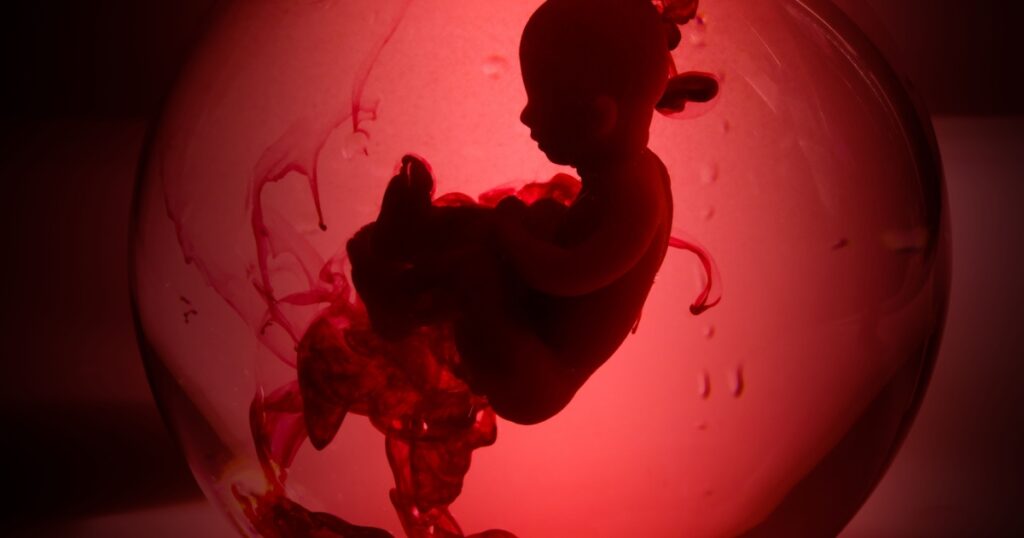
This isn’t the first time Lennar Nilsson attempted to document baby development in the uterus. His first set of pictures from 1957 weren’t clear because of the limited black-and-white technology. He tried again in 1965 and finally produced this stunning collection. [2] After the published article in Life, Nilsson produced A Child is Born, one of the most successful books of photography in the world. It documents fetal development from the initial ovary fecundation. Millions of copies of this book were sold all over the world and even taken to space. The NASA probes Voyager 1 and Voyager 2 kept a copy onboard. The book is now in its sixth edition.
The book is split into two sections
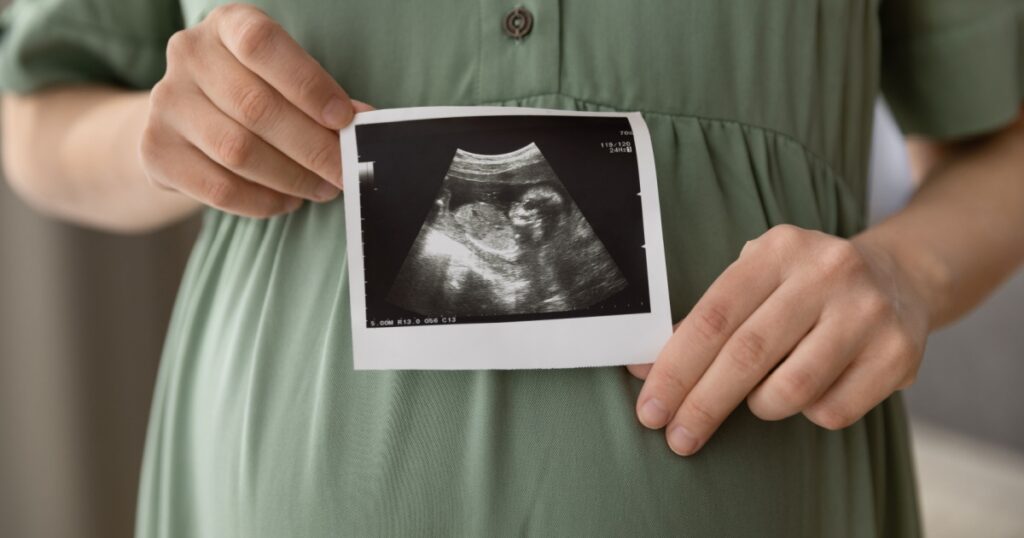
One is a series of pictures with text explaining the growth of the baby from conception to birth. The second follows a woman and her partner during her pregnancy, playing out the story from outside of the womb. There’s something deeply emotional about witnessing baby development through these portraits. It is like watching a person take shape, literally. Childbirth is one of the most intriguing aspects of medicine, and there’s no wonder why. Here is a sample of the collection of photos that have been leaving people in awe since 1965.
The sperm moves toward an egg
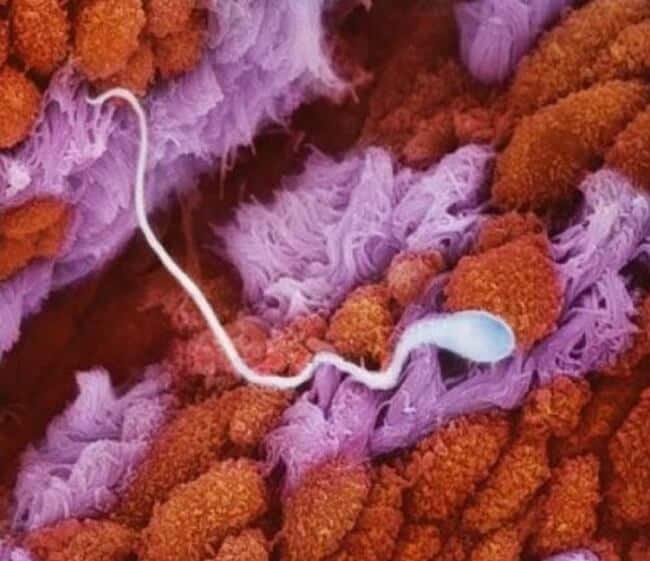
Here the sperm is in the fallopian tube, inching toward an egg.
Read More: If You Get Your Tubes Tied You Can Still Get Pregnant
The sperm gets closer to the egg
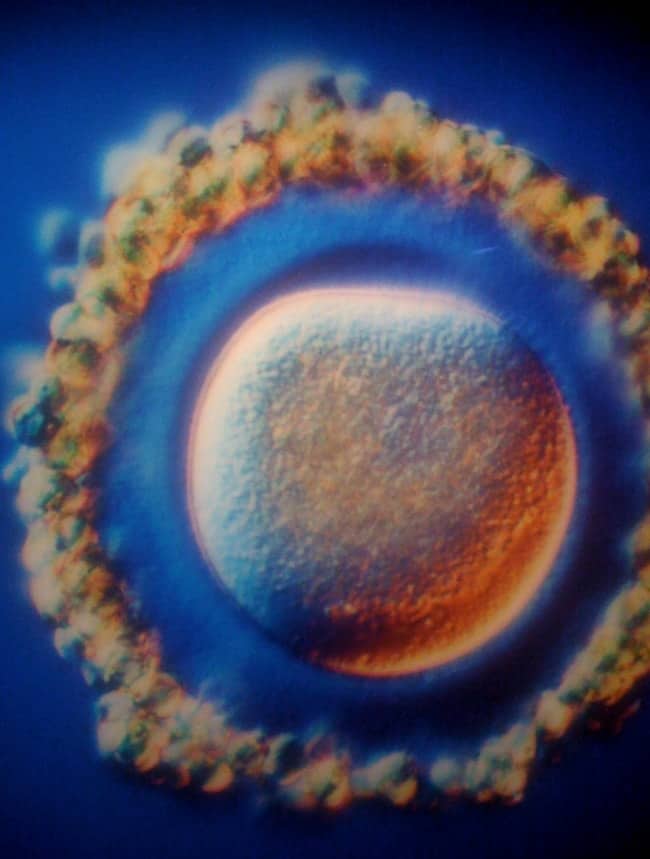
This is the chosen egg the sperm will fuse to.
The moment before conception
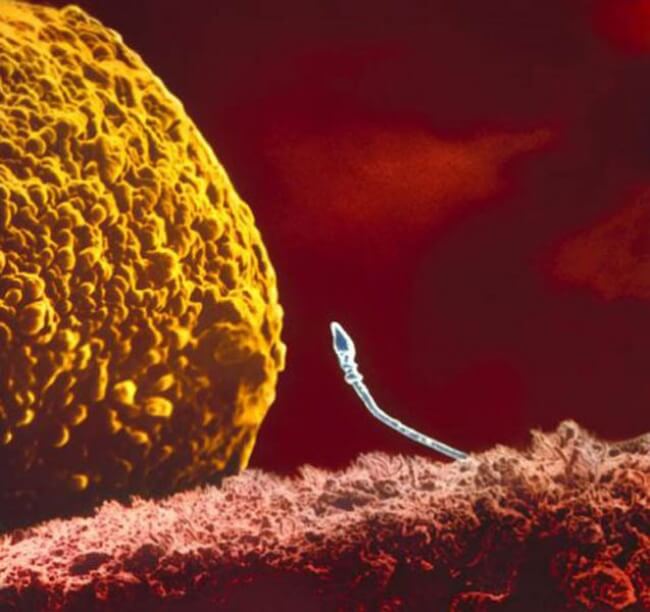
The sperm is just about to fuse with the egg.
The moment of fusing
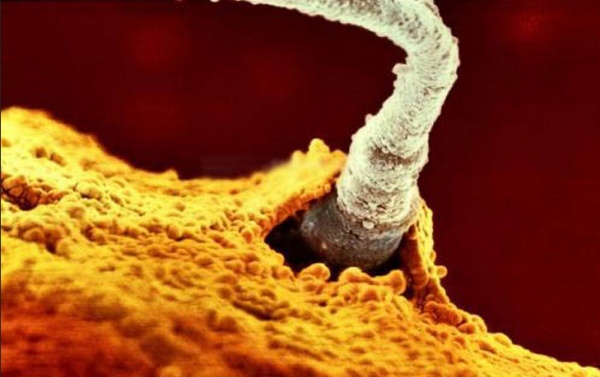
The sperm collides with the selected eggs.
A close-up shot of the sperm
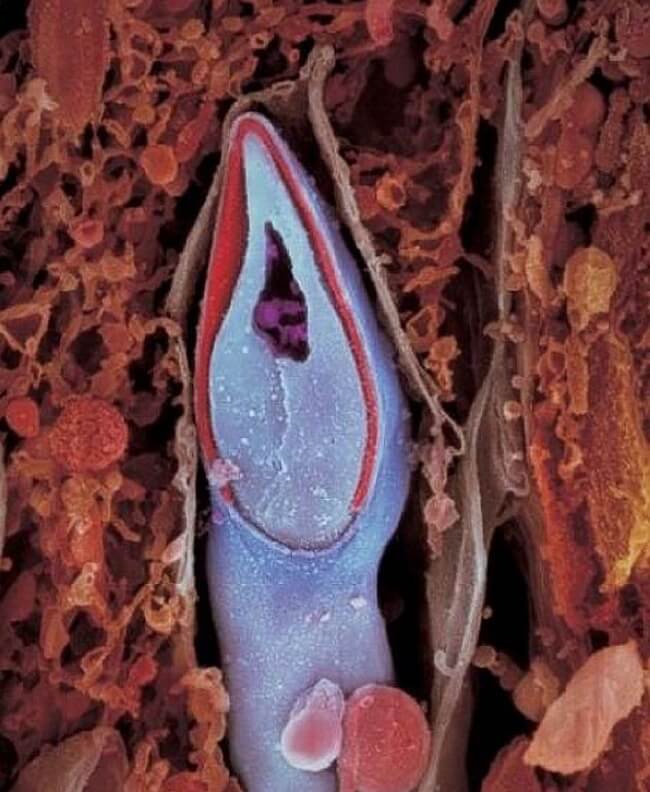
The top of the sperm holds all of the DNA that will combine with the egg’s DNA to produce the genetic makeup of the future child.
The embryo implants
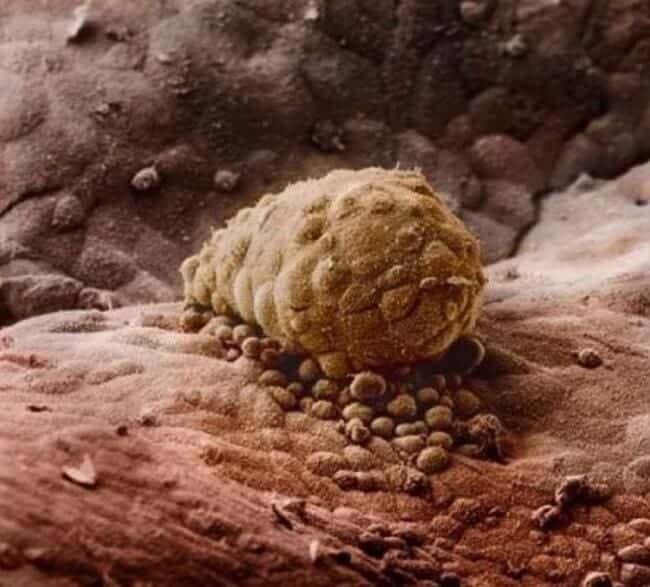
A week after the sperm fuses with the egg, the embryo will attach to the wall of the uterus
Read More: The Dangerous Pregnancy Condition More Women Should Know About
The heart begins to beat
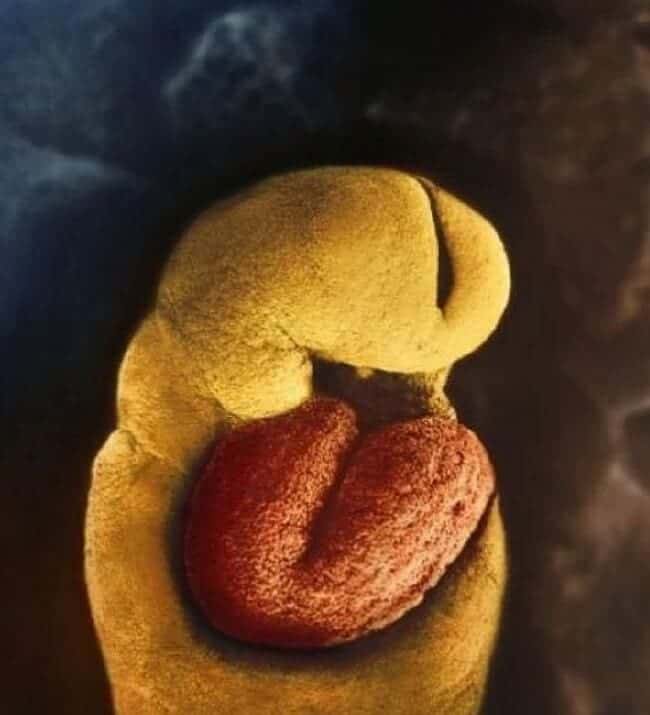
Eighteen days after conception, the tiny heart starts beating.
The embryo at day 28
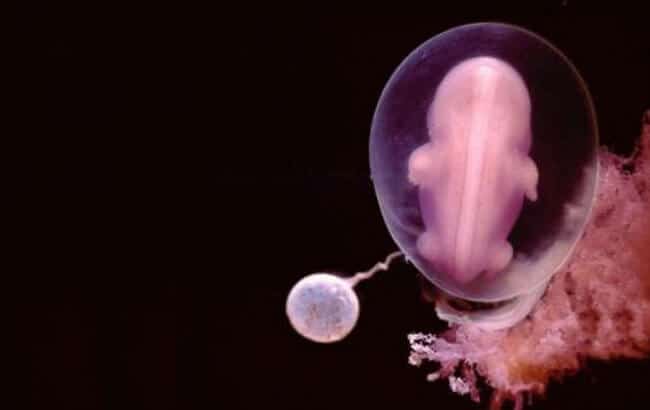
The baby development continues, finally becoming a shape reminiscent of a human body.
The face begins forming
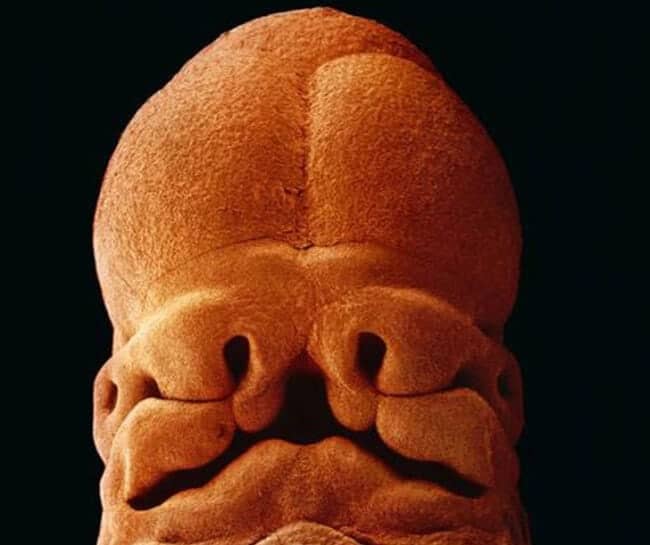
After five weeks in the womb, the facial cavities continue to form.
The embryo takes shape
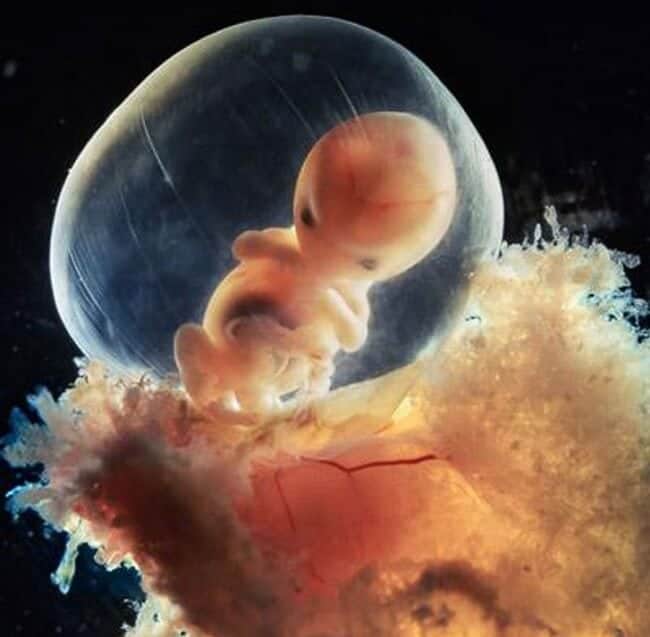
Here is an eight-week-old embryo in the uterus. The eyes are visible and the limbs are distinct.
Movement
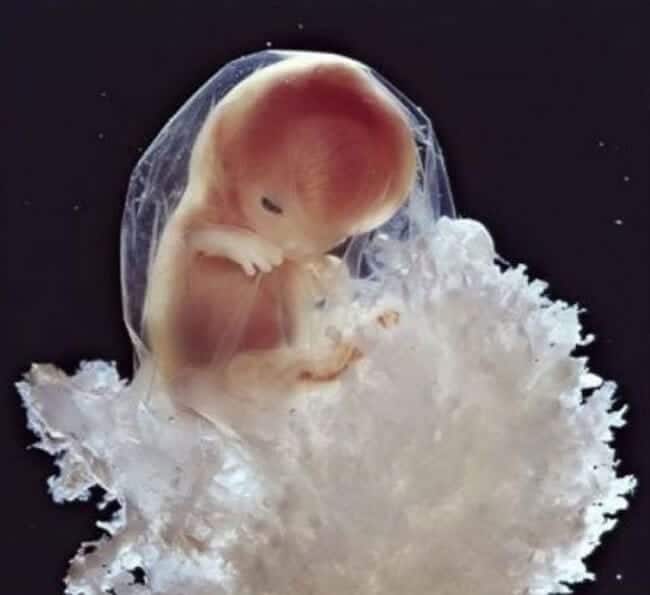
The fetus is starting to explore its environment. Its divided fingers are clear in this portrait.
Translucent skin
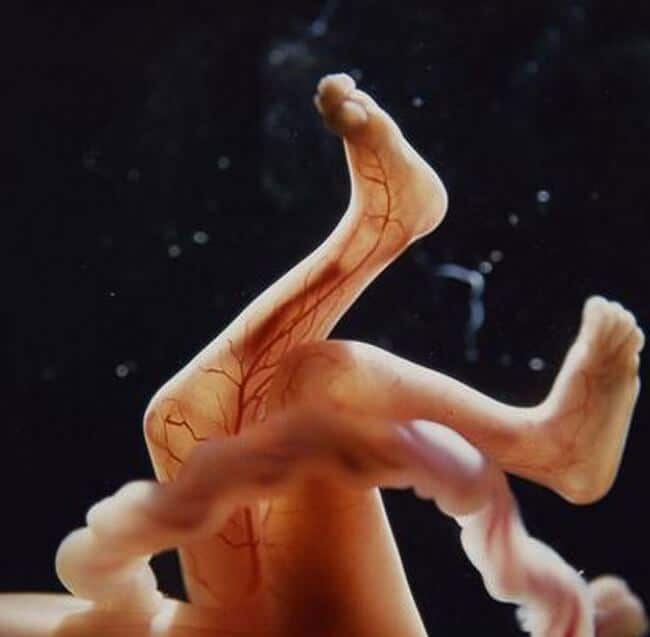
This photo is just mesmerizing. A viewer could see the webbing of veins and the shadow of a bone in the legs.
Read More: Man Says He Refuses To Give Up His Seat For Pregnant Women Because Of Long Working Hours
Development in week 18
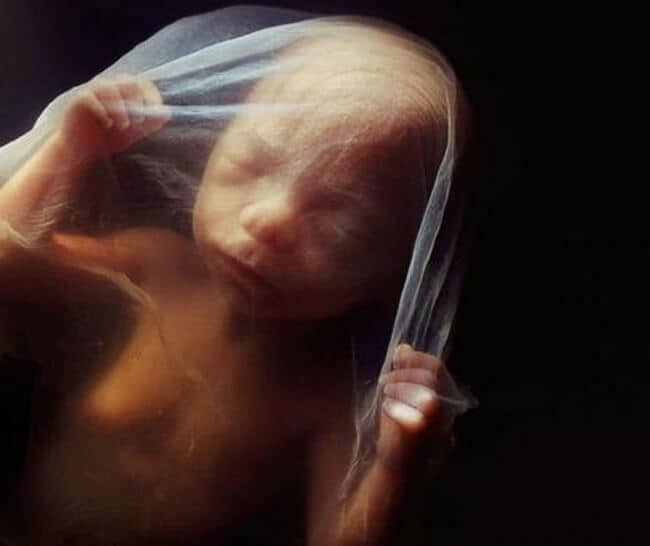
After 18 weeks, the baby’s facial features have become more distinct, as well as other details, like fingernails on its hands.
20 weeks of the baby’s development
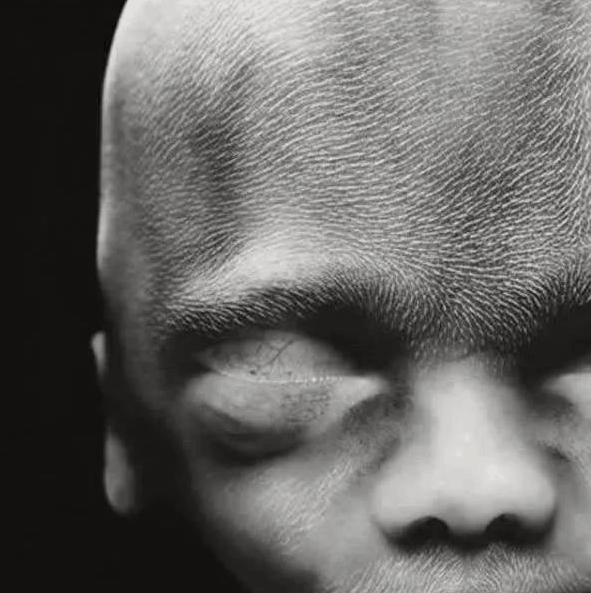
A woolly hair called lanugo grows over the fetus’s head.
At about 6 and a half months
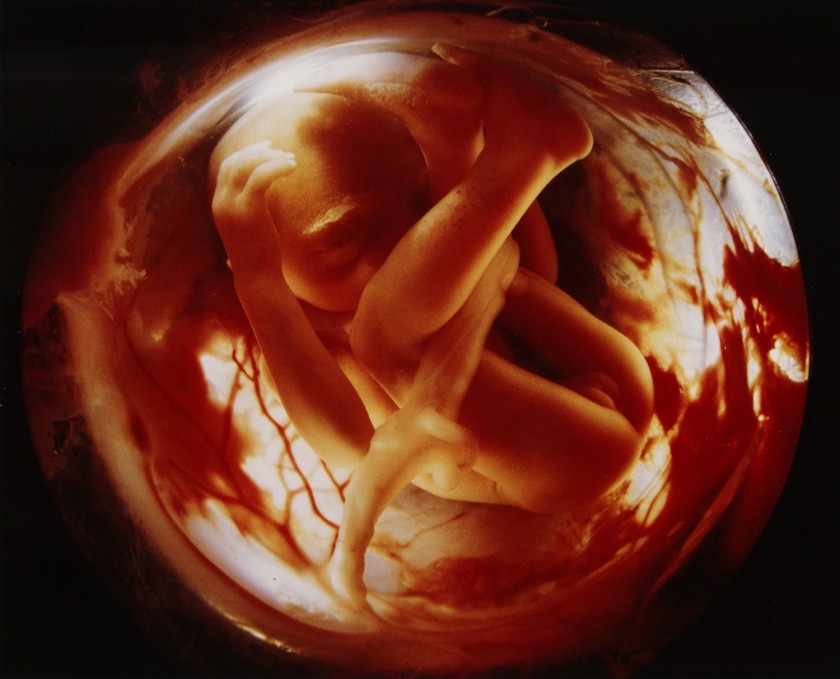
Here the baby curls into the fetal position with shaped ears, limbs, and digits. There are only about 2 and a half months left of baby development before it is born into the world.
Read More: Mother Didn’t Realize She Was Pregnant Until The Moment She Gave birth
- Lennart Nilsson. 100 Photos. 1965
- Tibi Puiu. “A Child is Born: Lennart Nilsson’s iconic photo book [PHOTO GALLERY].” ZME Science. July 15, 2014
- “A Child is Born.” Lennart Nilsson.
